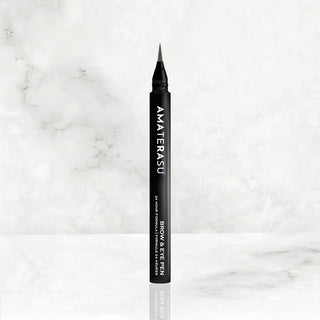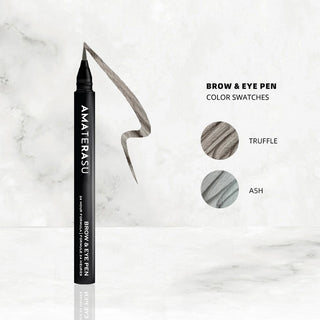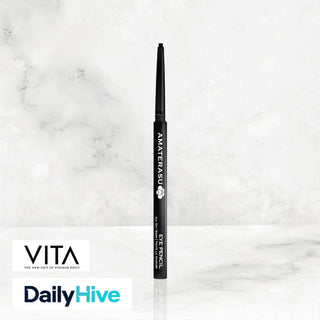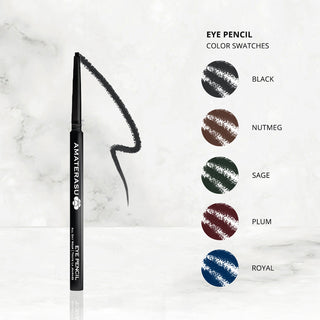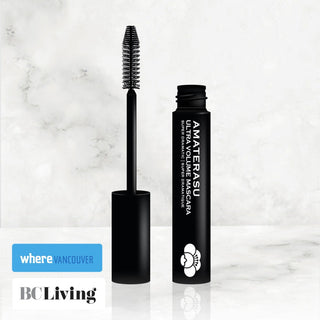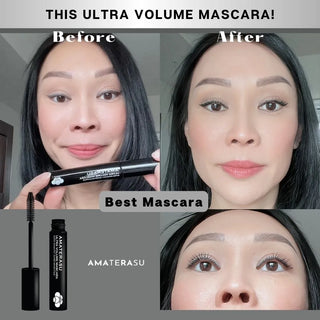Makeup Tips For Perimenopausal And Menopausal Women
Navigating the changes that come with menopause and perimenopause can extend to your makeup routine. Hormonal shifts can affect skin texture, hydration, and sensitivity, making it beneficial to adapt your product choices and application techniques.

Understanding Skin Changes
During perimenopause and menopause, you might experience:
-
Dryness: Decreased estrogen levels can lead to reduced collagen and natural oil production, resulting in drier skin.
-
Sensitivity and Redness: Skin can become more reactive, with increased instances of flushing or rosacea.
-
Loss of Elasticity: Reduced collagen can lead to a less firm appearance and more noticeable fine lines and wrinkles.
-
Adult Acne: While less common, some women may experience hormonal breakouts.
-
Dullness: Slower cell turnover can make skin appear less radiant.
Makeup Product Recommendations
Focus on products that nourish, hydrate, and provide a radiant finish.
Skincare First
A good makeup application starts with a strong skincare foundation. Prioritize hydrating serums, moisturizers, and always use SPF. Consider products with ingredients like hyaluronic acid, ceramides, and peptides.
Foundation and Tinted Moisturizers
-
Opt for Hydrating Formulas: Choose liquid or cream foundations, tinted moisturizers, or BB/CC creams that offer moisturizing benefits.
-
Avoid Heavy Matte Formulas: These can settle into fine lines and emphasize dryness.
-
Sheer to Medium Coverage: Aim for formulas that even out skin tone without feeling heavy or masking natural radiance.
-
Look for Luminous Finishes: Products that impart a subtle glow can counteract dullness.
Concealers
-
Creamy and Hydrating: Select concealers that are emollient and don't crease easily under the eyes.
-
Light Application: Apply sparingly to avoid cakiness.
Blush and Bronzer
-
Cream or Liquid Formulas: These blend seamlessly into dry or mature skin, providing a more natural flush.
-
Warm Tones: Can add a healthy glow and counteract any pallor.
-
Strategic Placement: Apply blush to the apples of the cheeks and blend upwards for a lifted look.
Eye Makeup
-
Hydrating Eye Creams: Prep the eye area with a good eye cream to prevent creasing.
-
Cream Eyeshadows: Less likely to settle into fine lines than powder shadows.
-
Smudge-Proof Mascara and Eye Liner: To combat potential hot flashes and sweating.
Eyebrow Products
As eyebrows can thin, consider filling in your brows with a brow liner to fill them in for a more defined look.
Lip Products
-
Moisturizing Lipsticks and Glosses: Combat dryness and add a youthful sheen.
-
Avoid Drying Matte Lipsticks: These can accentuate lip lines and dryness.
-
Lip Liners: Can help define the lip shape and prevent bleeding.
Setting Products
-
Hydrating Setting Sprays: Instead of heavy powders, use setting sprays that offer hydration and a dewy finish.
-
Minimal Powder: If needed, use a very light dusting of translucent, hydrating powder only in areas prone to shine.
Application Techniques
-
Prep is Key: Always start with well-hydrated skin.
-
Less is More: Build coverage gradually to avoid a heavy look.
-
Use Fingers or Damp Sponge: For foundations and concealers, these methods can provide a more natural, blended finish than brushes, especially on drier skin.
-
Blend Thoroughly: Ensure all products are seamlessly blended for a natural appearance.
-
Focus on Radiance: Emphasize areas that catch the light to create a healthy glow.
By adapting your makeup choices and application, you can continue to feel confident and beautiful through the different stages of menopause and perimenopause.
Be well,
Sara


